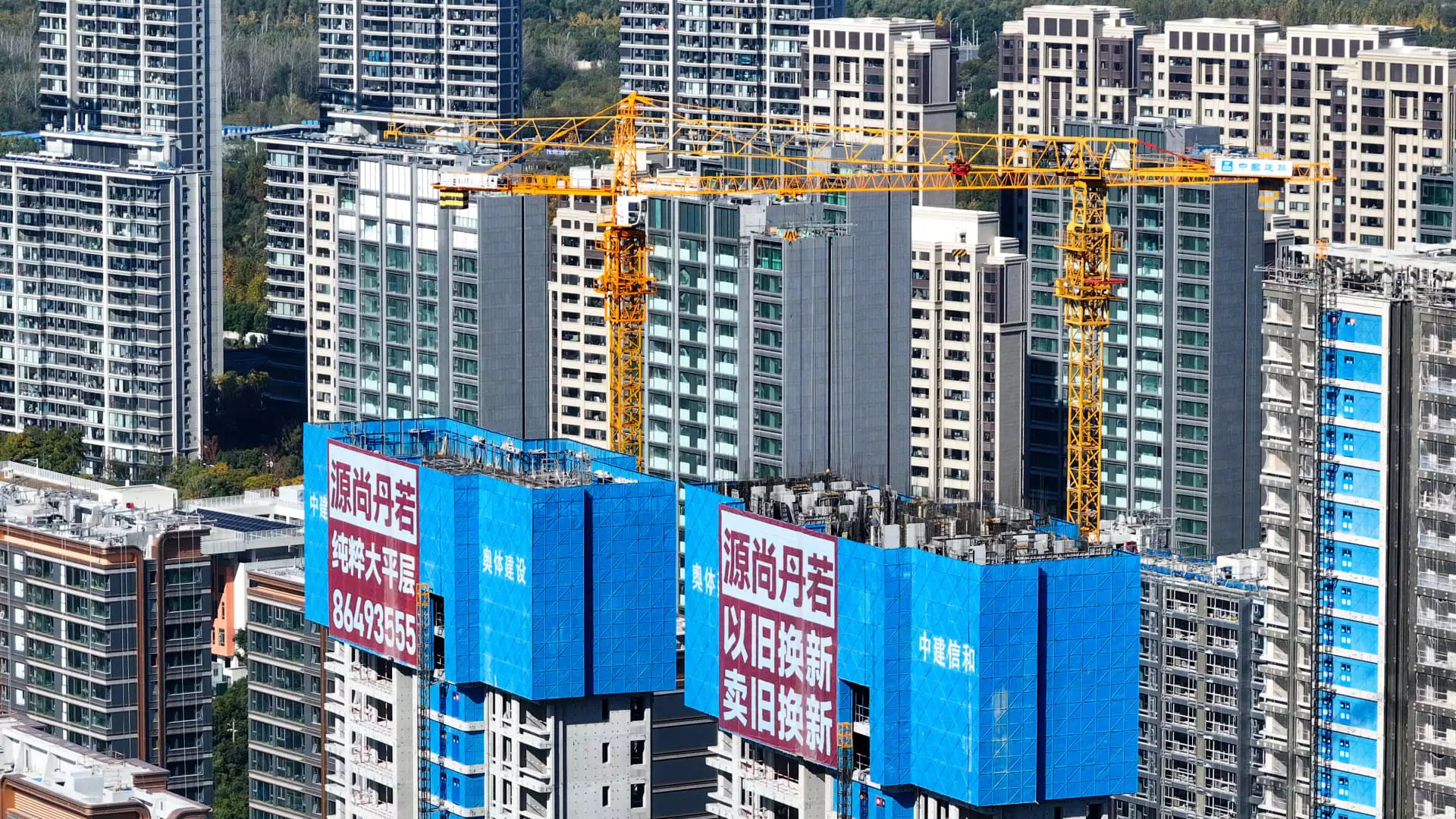China’s ongoing journey towards economic revival has been characterized by a cautious optimism, as recent data and corporate earnings reports reveal minimal immediate impacts from the latest stimulus measures. While there are promising signs of growth in the real estate sector and manufacturing, the overall sentiment projected by companies remains restrained. This hesitance is underscored by significant players in various industries who, in their recent earnings calls, emphasized that the benefits of stimulus will not be felt instantly. As the world’s second-largest economy strives for rejuvenation, it faces the dual challenge of stimulating growth while simultaneously managing risks associated with financial instability.
Since the Chinese government announced a suite of stimulus initiatives in late September, there have been isolated improvements across economic sectors. For instance, the food delivery conglomerate Meituan noted a slight uptick in hotel order values compared to previous months, yet acknowledged that recovery remains superficial. Meituan’s CFO, Shaohui Chen, articulated a common refrain echoed by other corporate leaders: while there are optimistic projections for future growth, the transformation of these policies into tangible economic benefits will require time. Such cautious attitudes were similarly reflected in discussions from giants like Alibaba and Tencent, indicating a consensus that the effects of financial stimulus are not immediate.
This sentiment is critical when considering that China’s economic strategies are meticulously calibrated towards achieving an annual growth target of around 5%. Gabriel Wildau, a managing director at Teneo, reinforces this notion, suggesting that the current approach is focused more on incremental improvements rather than aggressive financial interventions. The guiding principle appears to be one of strategic moderation, prioritizing long-term stability over short-term gains.
Key Economic Indicators and Outlook
Recent economic indicators present a nuanced picture of China’s recovery trajectory. The Caixin Purchasing Managers’ Index (PMI) for November recorded a notable increment to 51.5, marking its highest level since June, which signals an expansion in factory activity. However, despite the PMI’s encouraging figures, the employment statistics reveal a contraction in manufacturing jobs for the third consecutive month. This discrepancy highlights a larger issue: economic recovery may be underway, but the labor market remains mired in uncertainty.
Wang Zhe, a senior economist at the Caixin Insight Group, emphasized the importance of bolstering business confidence to strengthen workforce expansion. Moreover, the impending reports on retail sales and industrial output, due on December 16, are expected to provide additional insights into consumer behavior and overall economic vitality.
Geopolitical Pressures and Consumer Trends
Adding to the complexities of this economic environment are the geopolitical pressures stemming from international relations, particularly with the United States. Recently, new restrictions targeting Chinese chipmakers have heightened fears regarding external factors that could stifle China’s economic ascent. Furthermore, forthcoming tariff implementations from the incoming U.S. administration pose additional challenges. Observers are wary that if tensions escalate further, market anxieties may compel sustained demands for governmental intervention.
Nevertheless, a recent survey from the China Beige Book reported an encouraging uptick in retail and home sales among 1,502 Chinese companies surveyed. These findings suggest that some sectors are responding to Beijing’s stimuli, even as broader consumption trends reflect lingering weaknesses, particularly in services. The rising borrowing trends from businesses, reaching their highest levels since May 2022, signal that there is a growing demand despite current uncertainties.
While China’s economic landscape is displaying signs of gradual improvement, it is accompanied by a cautious disposition from corporate leaders and analysts alike. Going forward, China’s Ministry of Finance has indicated that further fiscal support could be forthcoming in the next year, underscoring the importance of strategic planning in economic governance. Investors and stakeholders are now closely monitoring discussions emerging from China’s annual economic planning meeting slated for mid-December, hopeful for concrete policies that will solidify this tentative recovery.
Ultimately, China’s economy seems poised for slow yet steady advancement, contingent on effective governance and an adaptable response to both domestic fluctuations and global pressures. As the narrative of recovery unfolds, the balance between ambition and prudence will remain pivotal in steering the second-largest economy back to robust growth.

